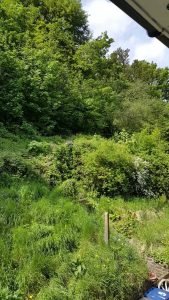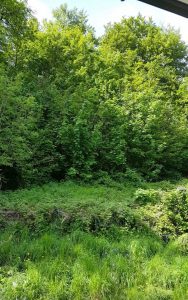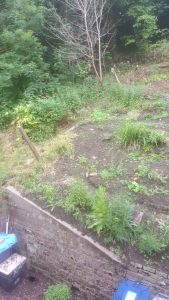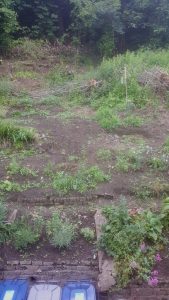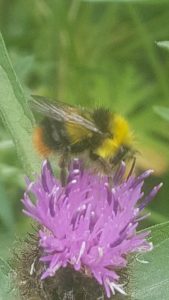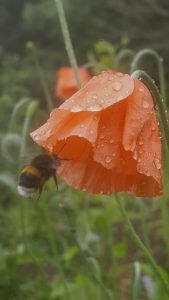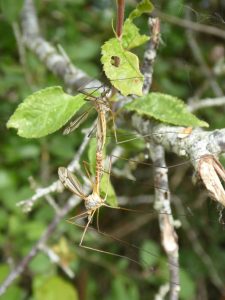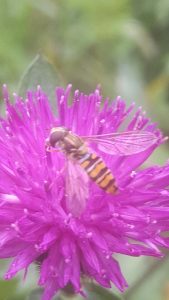Sadly I have the kind of mind that readily gets distracted by the politics of life, but over the last few weeks, following a series of family dramas, pleasure and peace has been found in the living world which surrounds all of us. Rather than write a logical and sequential piece about walks and wildlife, thought I would simply share a rather random number of thoughts, experiences and encounters. Late May and early June is the time for young birds and hopefully a display of natures fecundity.
Couple of weeks ago my wife, good friend Jo and myself repeated a walk, in reverse (always a good idea, looks and feels rather different) starting at Cutmill.
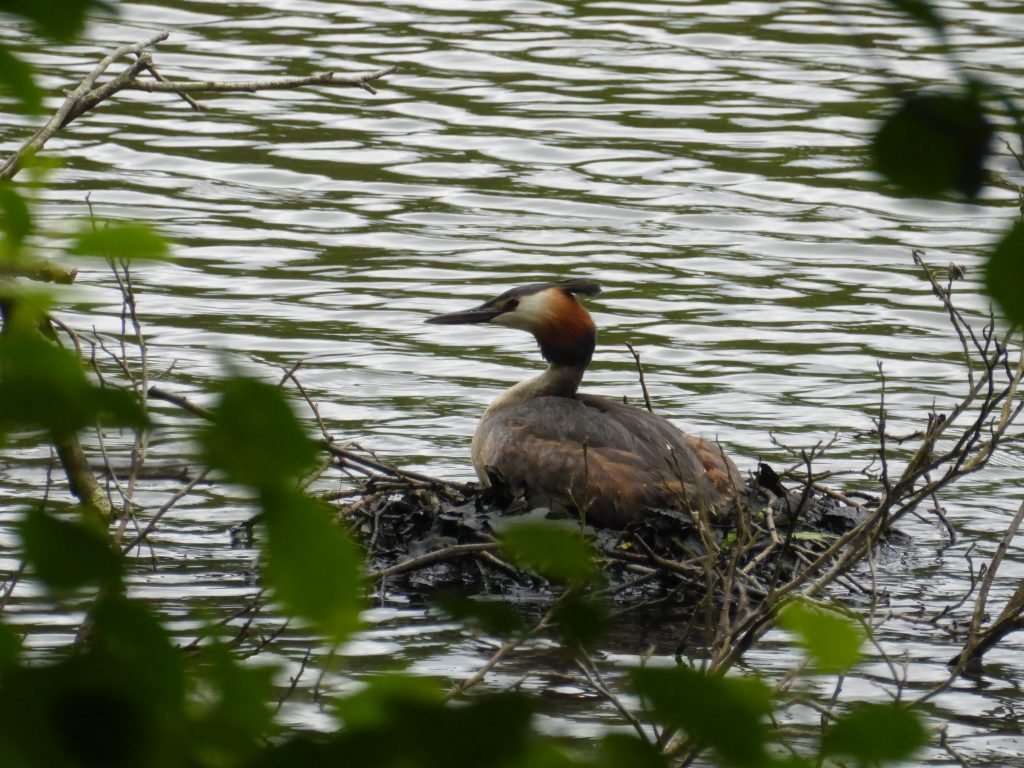
Woods a little quieter as many birds are now in the midst of breeding and spending less time on singing but the lake busy with breeding birds. There were already a couple of family groups of mallards with very small ducklings and interestingly there were 2 pairs of Tufted ducks.
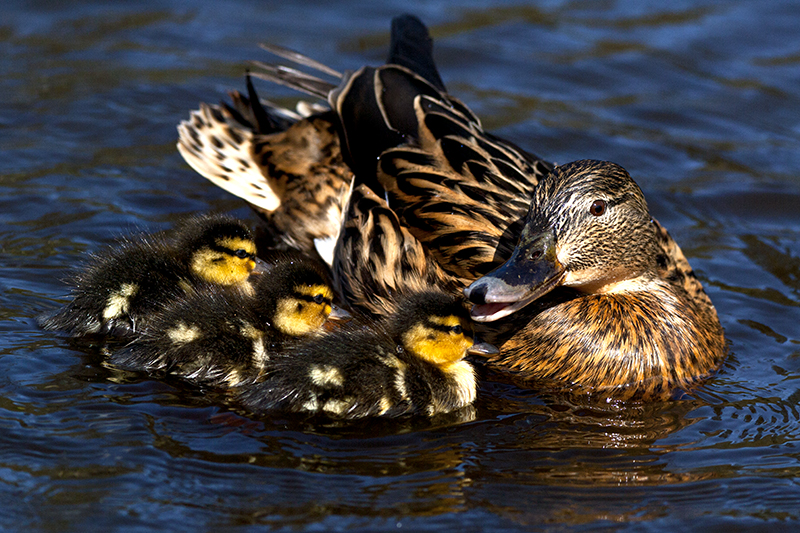
Though the Bluebells were over, and much of the hedgerow blossom, the Surrey countryside feels rich and burgeoning at this time of year.
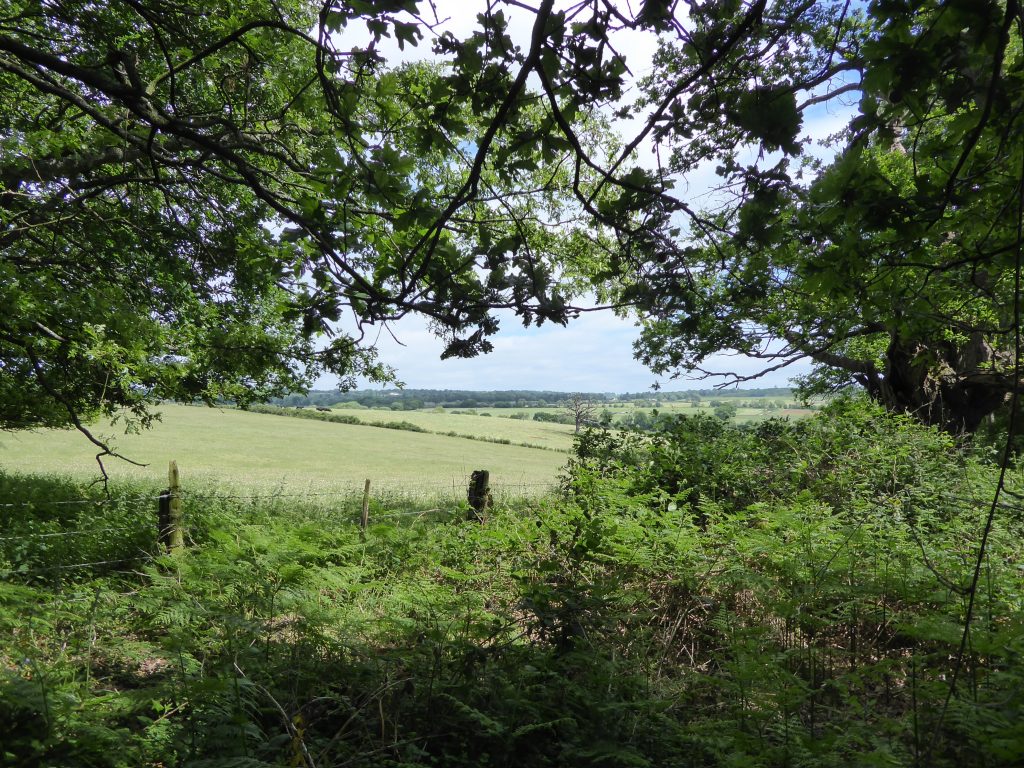
There is such simple joy in encountering and observing the living world so don’t walk with me or my ilk if you want to get anywhere quick! Though I am impressed at those who use walking as serious exercise or as a means to get some where I am always going to want to stop and stare. A long walk with me means time , not distance!
Our garden, like many others, is full of young birds and very harassed parents. Poor weather has meant fat balls and sunflower seeds are disappearing at an incredible rate! Both feeders are designed to restrict the size of the feeding birds (Jackdaws are capable of emptying normal fat ball feeder in under an hour!) and I am amazed at just how many birds you can squeeze in to a cage feeder with the record so far being 12 tits! As usual our tits, Great and Blue , have apparently done well but the entertaining surprise this year has been a Great Spotted Woodpecker family that successfully bred in a very neat hole made in an old apple tree. One of the young birds has remained in the garden and still continues to be fed by mum, whilst generally lounging about.
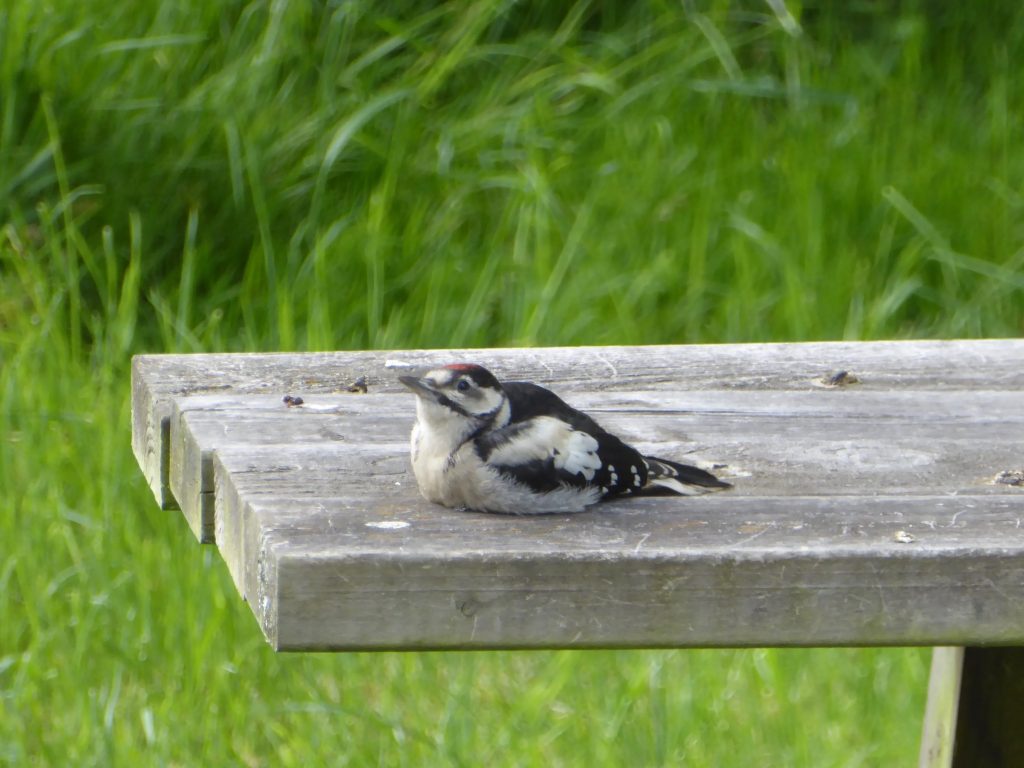
If birds have character……..
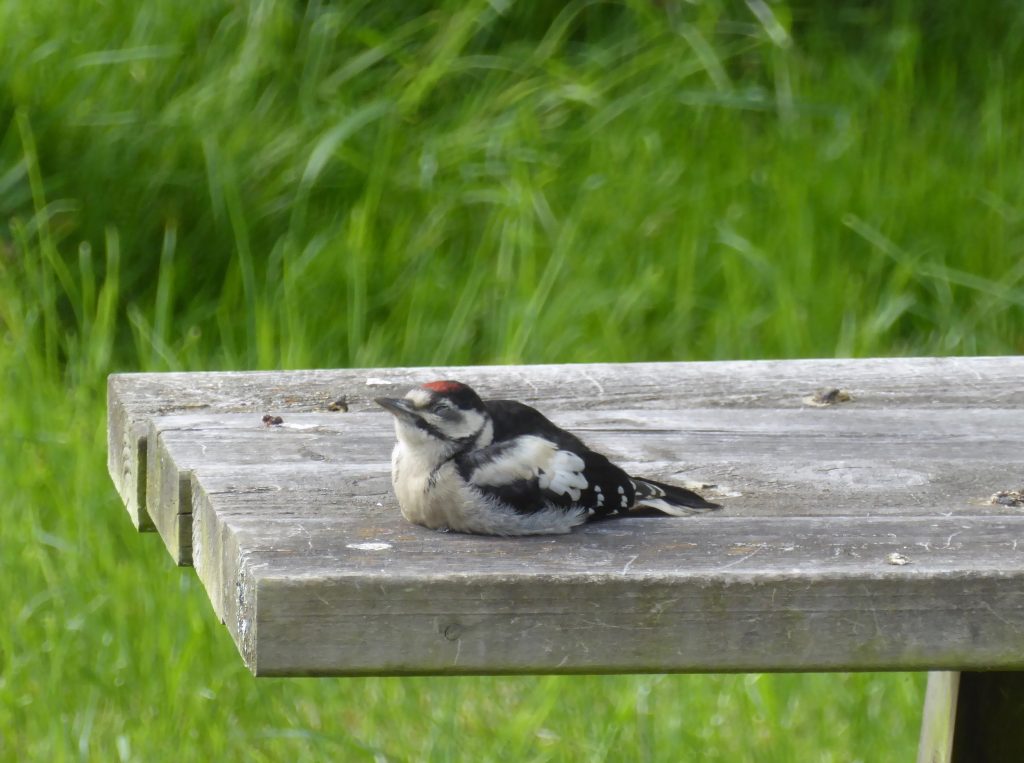
Persistently lazy and incredibly persistent in calling for mum, who has cleverly figured out how to access the fat balls (upside down from underneath!), this young bird even survived a collision with our back door.

Yes, that is our door mat.
Pleasingly both the House Sparrows and Green Finches have returned to the garden as breeders but no Starlings or Song Thrushes this year. It’s also now the second year without a cuckoo around which coincides with a lack of Whitethroats in our hedgerows. Might be a link but declines of species are as a result of complex factors and rarely a single pressure. It is clear that, locally, there is a shocking lack of Swallows, Martins and Swifts.
To repeat myself, larger birds doing well often disguise the underlying trend, downwards.
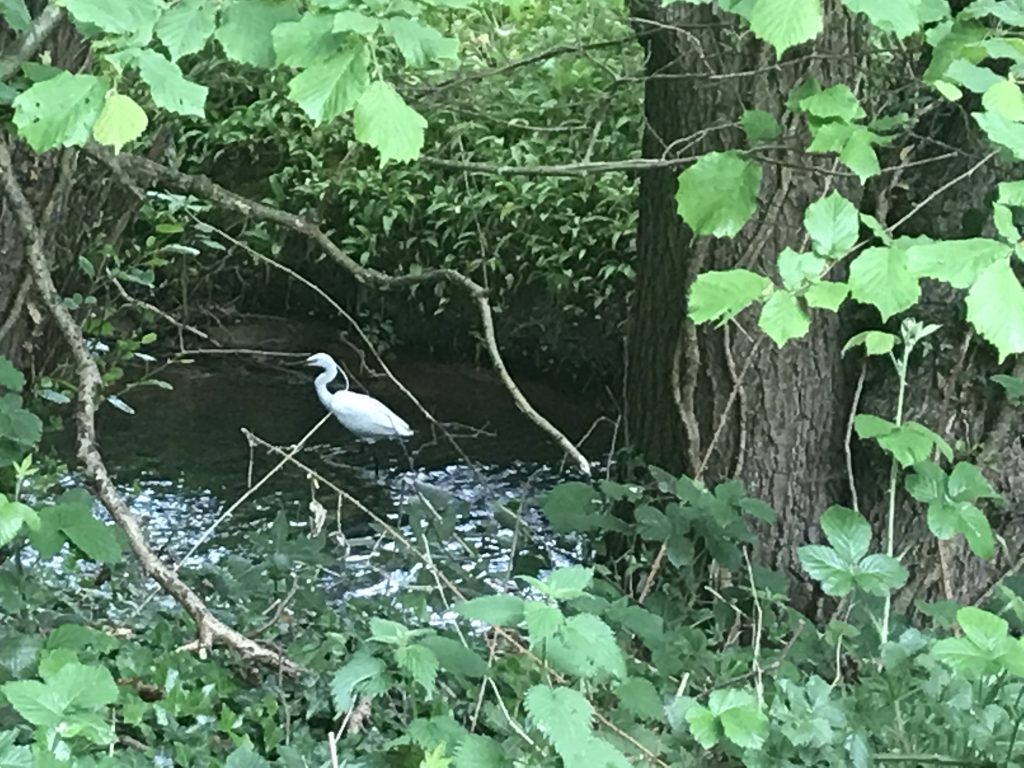
It is however a real thrill to sit outside our back door and watch a Red kite spiral to the ground and pick up food scraps!
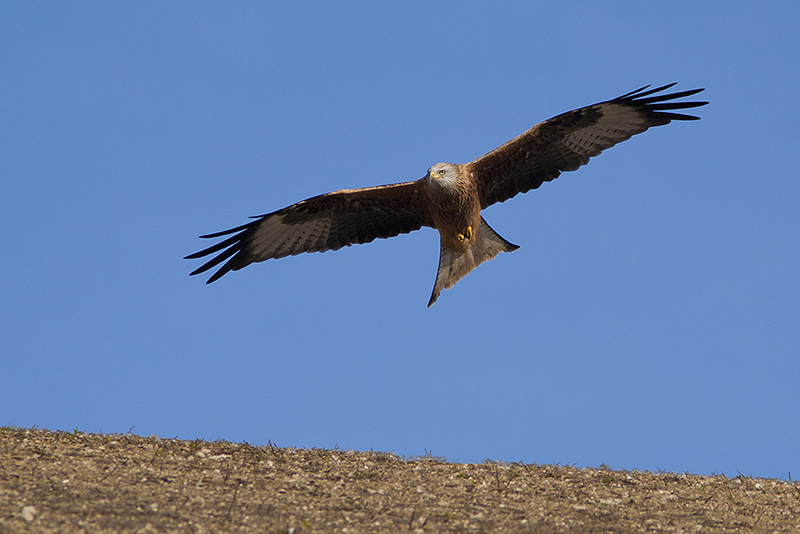
Whatever the reason it does seem that this year and its weather has proved to be great for triggering flowers whether its on hedges with fantastic blackthorn and hawthorn or wonderful Cowslips and meadow flowers.
Our usual visit to the Hogs back illustrated this “bloom” year with unexpected and rather large Bee Orchids.
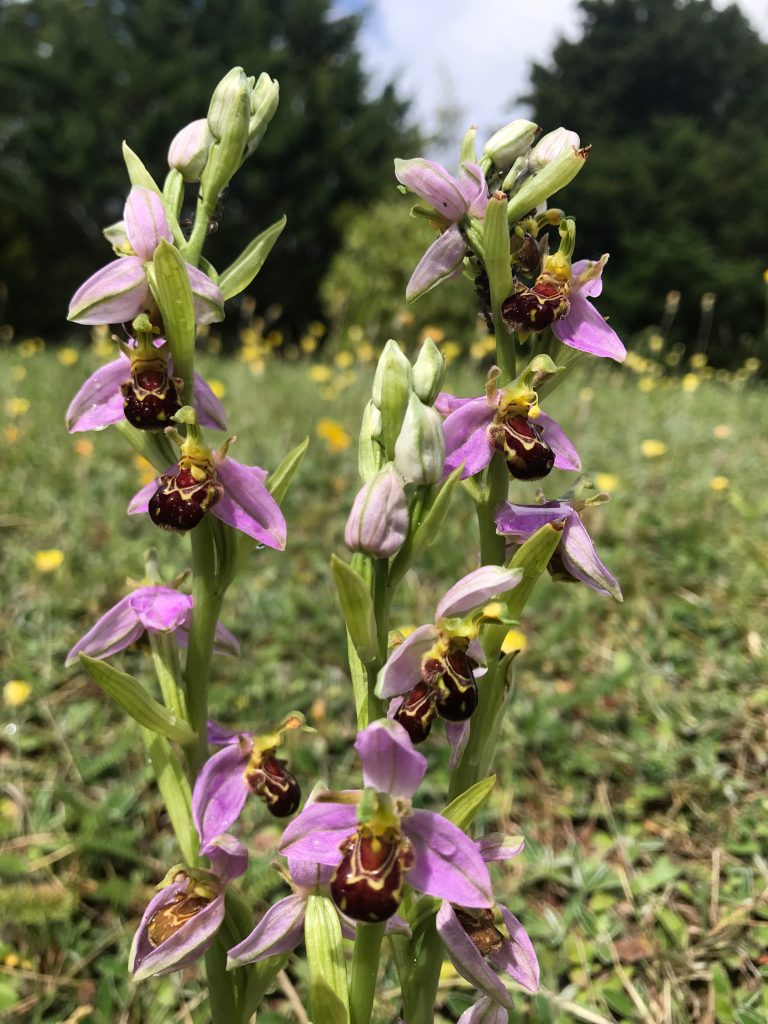
To further surprise me (or so it felt!) I then glimpsed some purple in a roadside verge on our return journey which the following day proved to be dozens of Pyramidal orchids.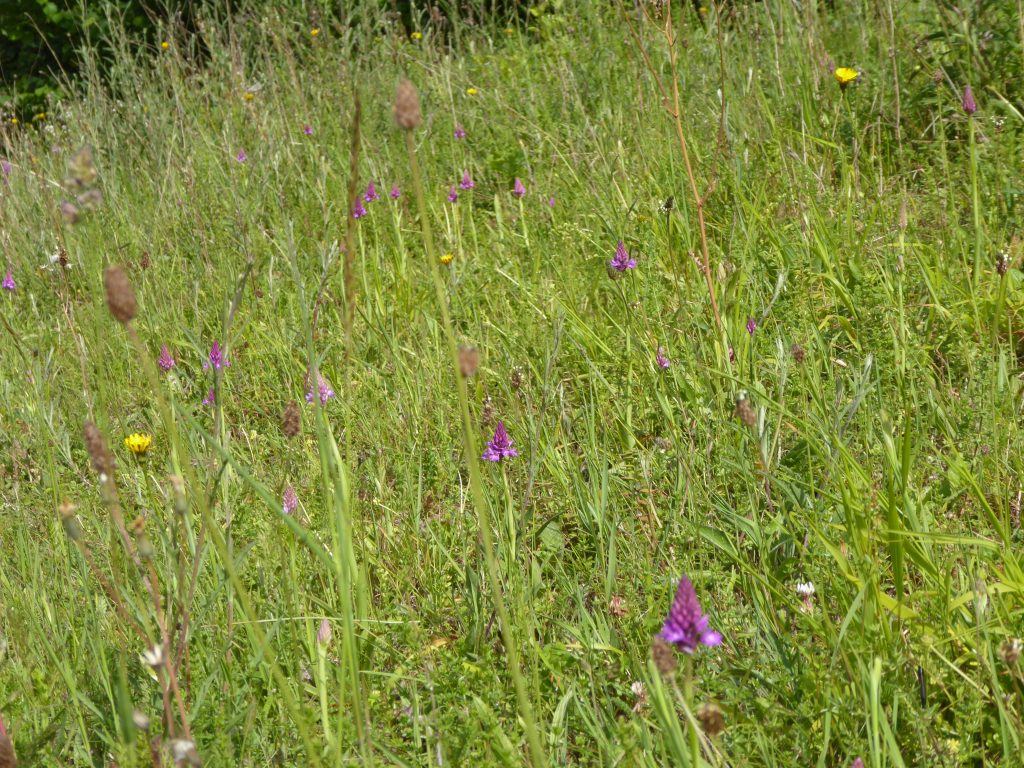
In close up….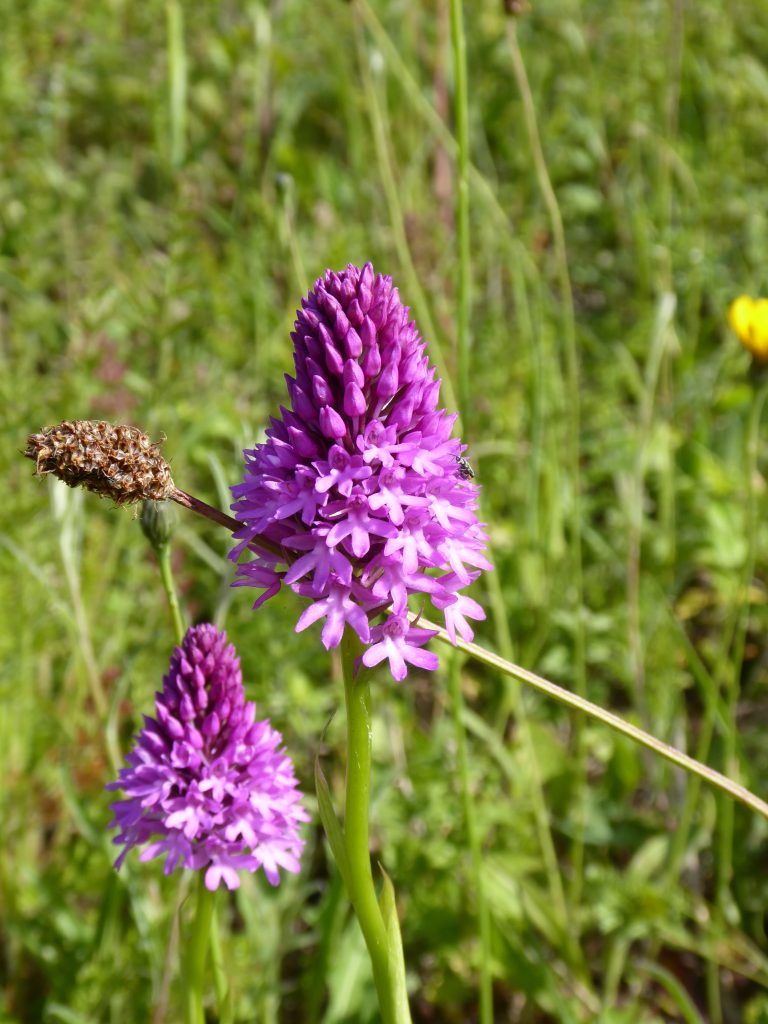
I suspect this verge has by chance been missed off a mowing schedule as the verges along the Hogs back have been cut, leaving a couple of similar orchids in the long grass away from the road. So unexpected were these glories that I submitted a record to find that they had not been recorded before!
Some flowers are much less obvious but on closer inspection just as beautiful. Nearby Broad Street common is clearly going to outstanding for grassland flowers and hence, if the weather gets better has huge potential for butterflies.
On a recent stroll I was surprised at the number of a little often missed vetch
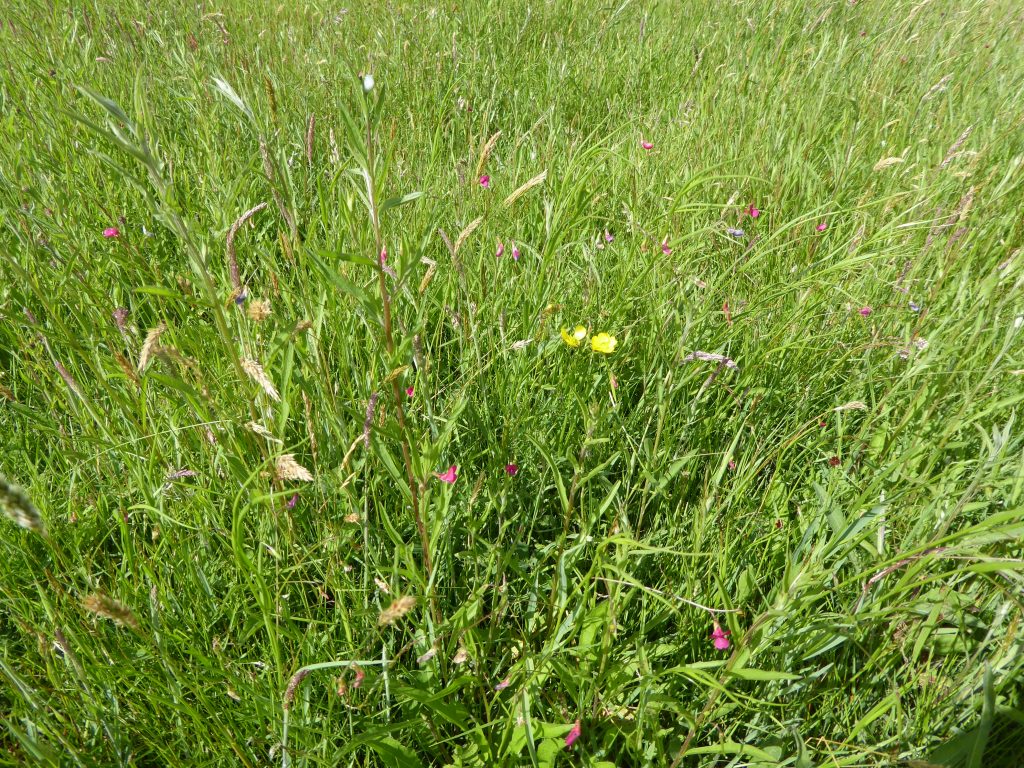
On closer inspection…
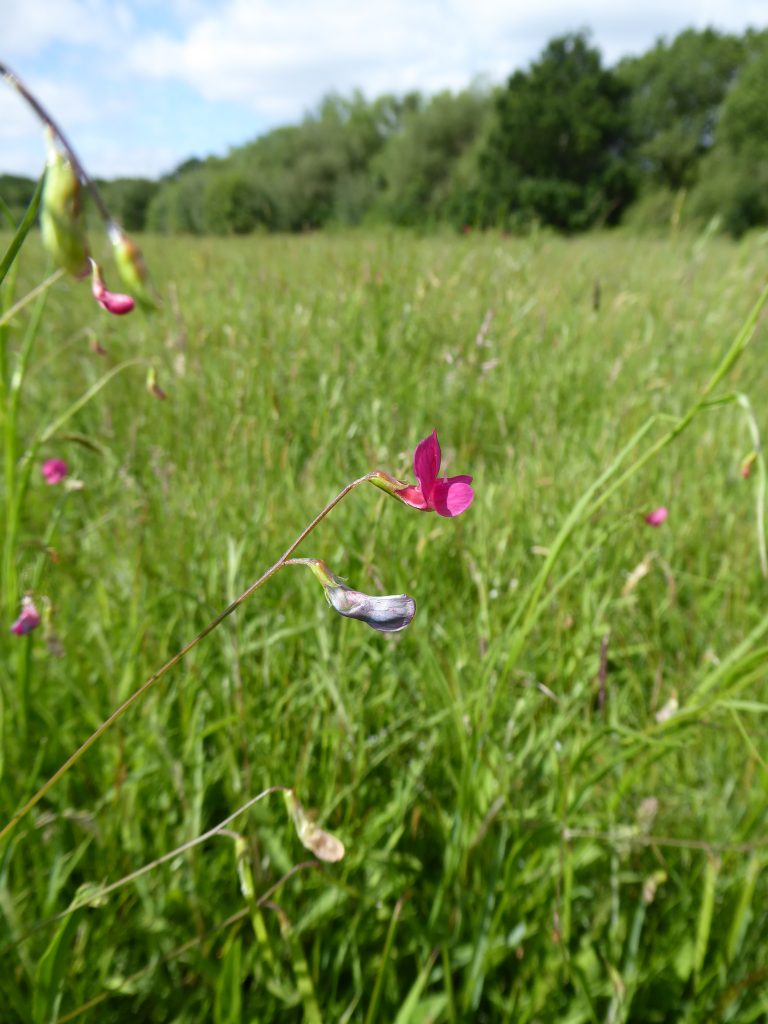
More flowers more butterflies
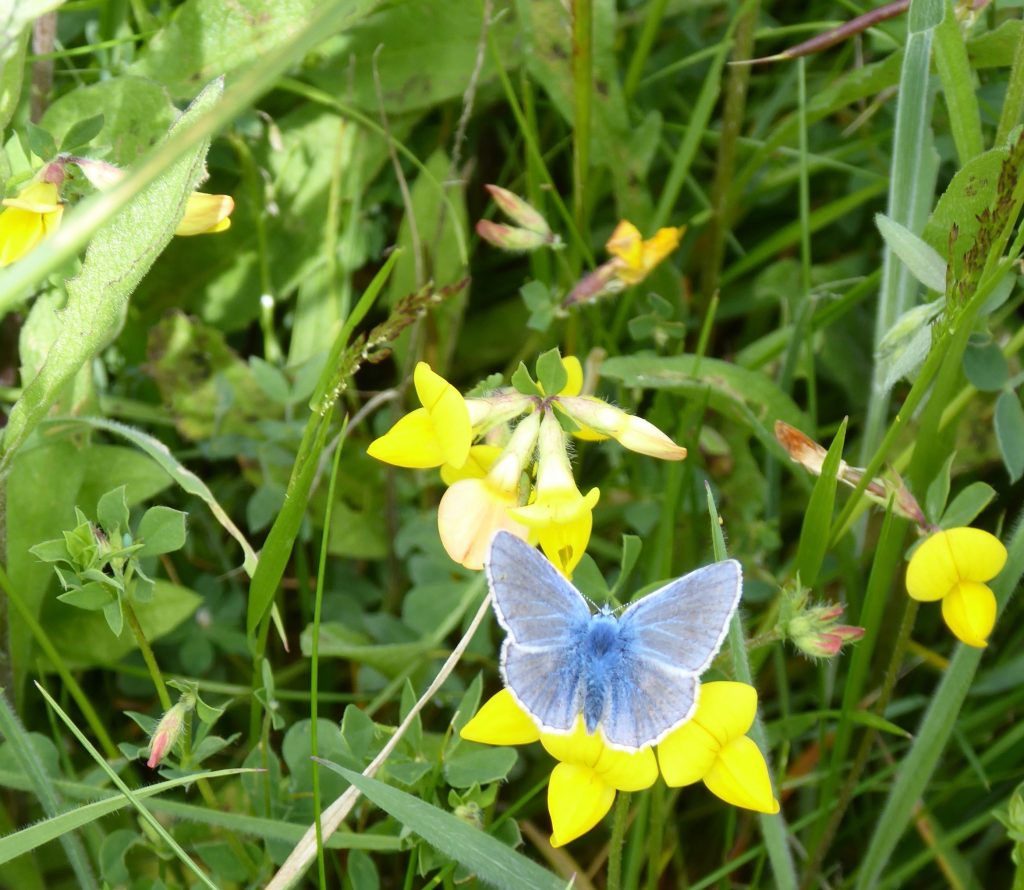
And more moths…
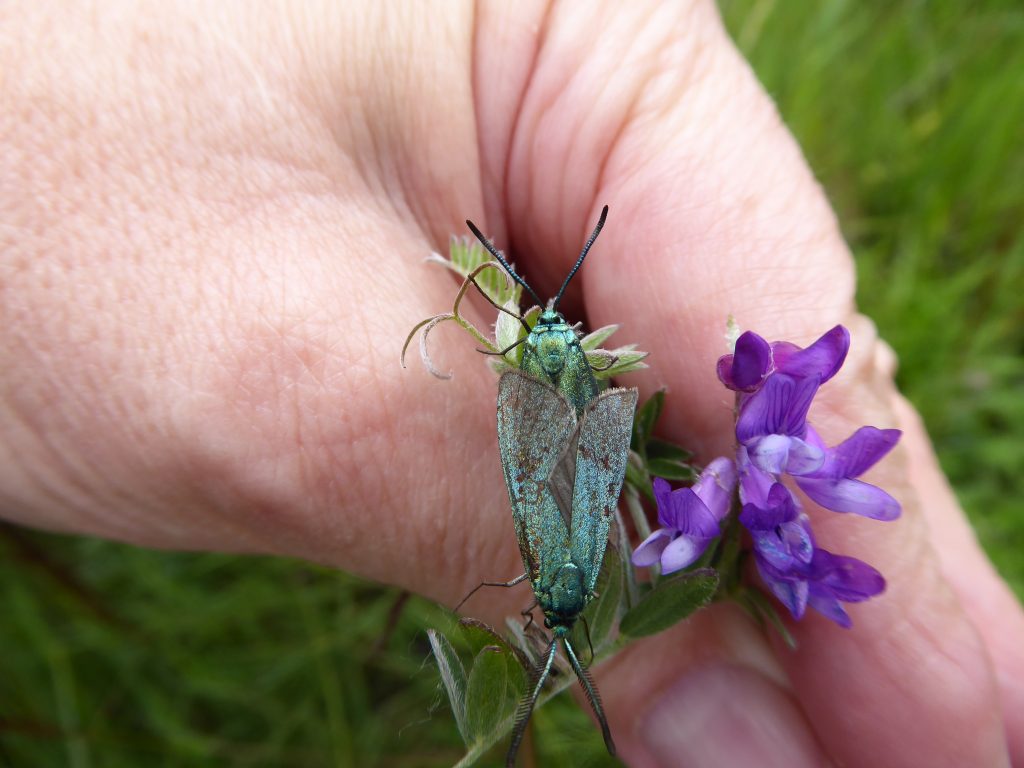
In between the showers do get out and look, you will find little gems like these.

